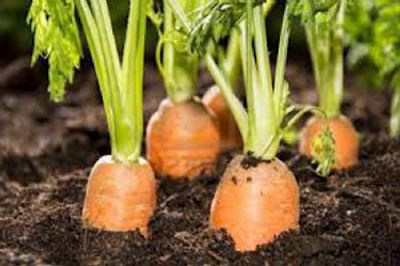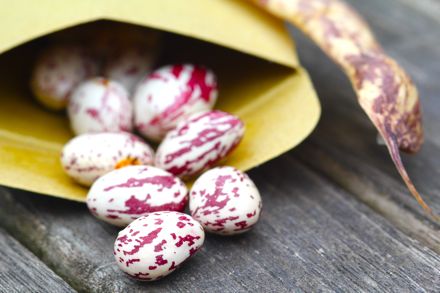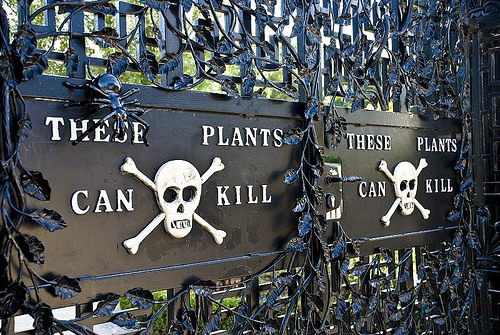No Thin Method for Planting Carrots
Anyone who has grown carrots knows that many of the carrots are lost to thinning. With seeds as tiny as carrot seeds are, it is difficult to handle them and space them out when planting. Even if great care is taken not to plant too many in one area, you might wait only to find … Read more







